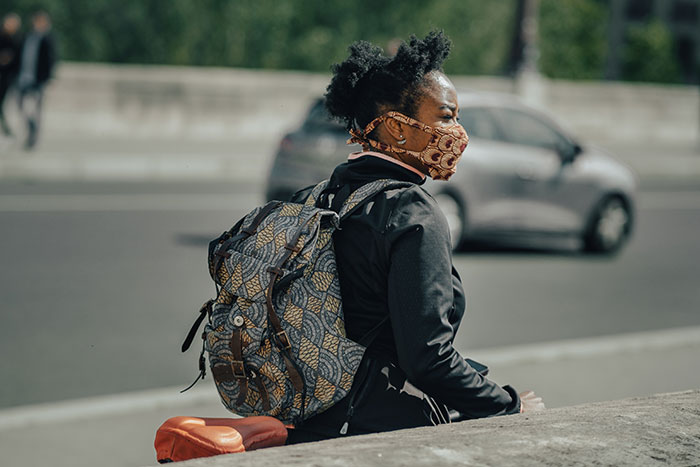A scientific journal, Clinical Infectious Diseases, has published a letter suggesting that COVID-19 can be transmissible via the air, CNET writes. The letter was signed by 239 researchers from 32 countries and distributed to health organizations around the world, including the World Health Organization (WHO). The world health body has however cautiously acknowledged that the airborne transmission mode is likely, but that more evidence is needed to be certain.

The researchers’ letter stated that the SARS-CoV-2 virus which causes COVID-19 disease can remain suspended in the air and carried from person to person after an infected individual coughs or sneezes. The publication advised WHO and other leading health organizations to reconsider the newly discovered airborne transmission and develop preventative measures to mitigate its spread via the air.
In a 10-page scientific brief, the WHO re-evaluated all the channels through which coronavirus spreads – potentially including mother-child transmission, animal-to-human transmission and vice-versa, and infection through contact with urine, feces, and blood – with notes that airborne spread is possible in crowded settings with poor ventilation.
“There is some evidence emerging, but it is not definitive,” said Dr. Benedetta Allegranzi, WHO’s the technical lead for infection prevention and control. “The possibility of airborne transmission in public settings, especially in very specific conditions — crowded, closed, poorly ventilated settings — cannot be ruled out.”
In its brief, WHO noted that while the aerosol transmission is possible in indoor settings with little ventilation, infection with the disease would likely occur through the combined agency of airborne particles and inhalation of respiratory droplets at close range or touching of contaminated surfaces. WHO reiterated that that is why it is very crucial for people to always wash their hands with soap or apply hand-sanitizers after going out to places or meeting people, and not forgetting to wear face masks anytime one is outdoors.
Maria Van Kerkhove, WHO’s the technical lead on the COVID-19 pandemic, said the world health body welcomes interaction and ongoing research from scientists globally, and that the organization would continue to analyze the possibility of airborne transmission in indoor locations with low ventilation. WHO maintained that “transmission of SARS-CoV-2 by this type of aerosol route has not been demonstrated” and that “urgent high-quality research is needed to elucidate the relative importance of different transmission routes.”
Source: cnet.com
